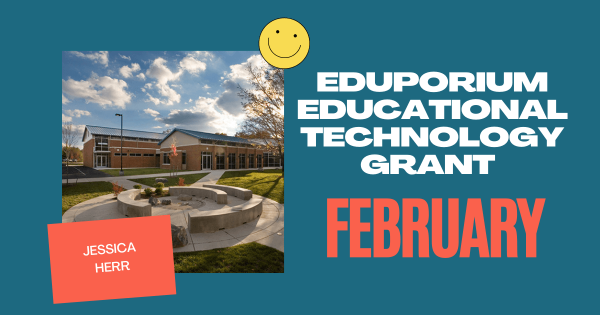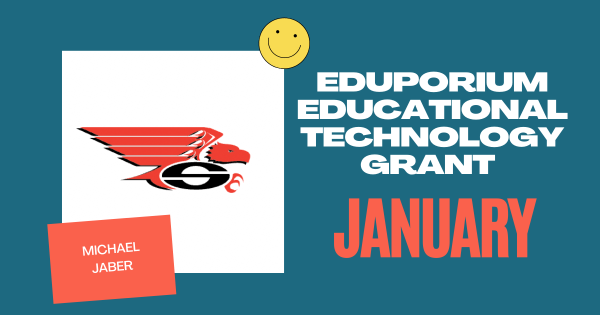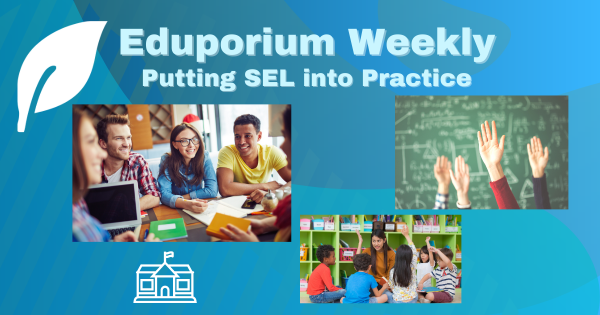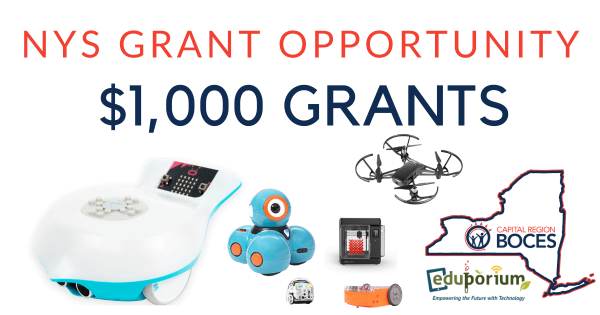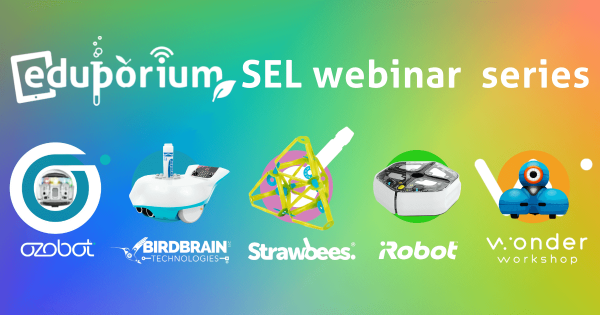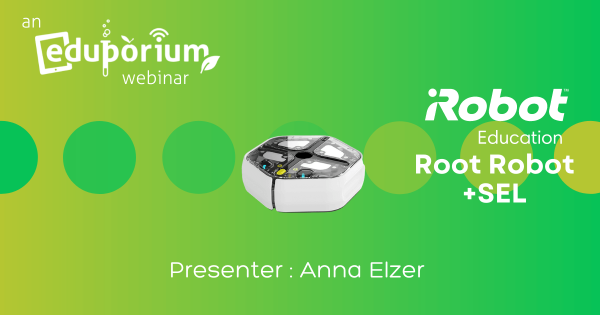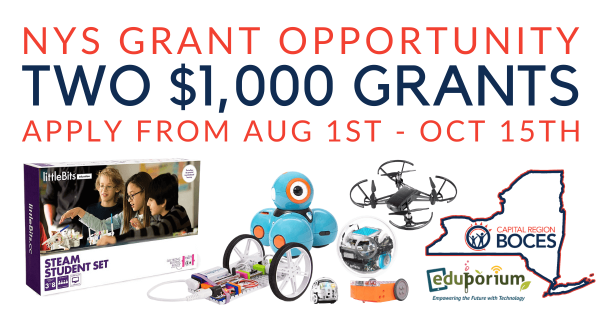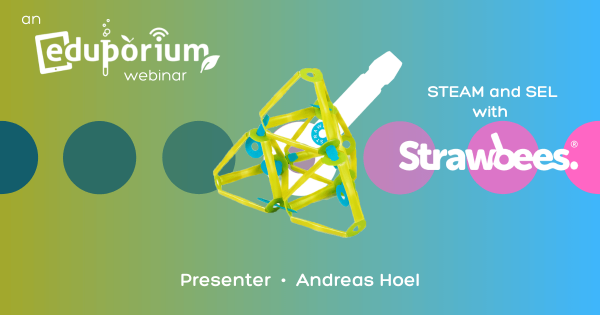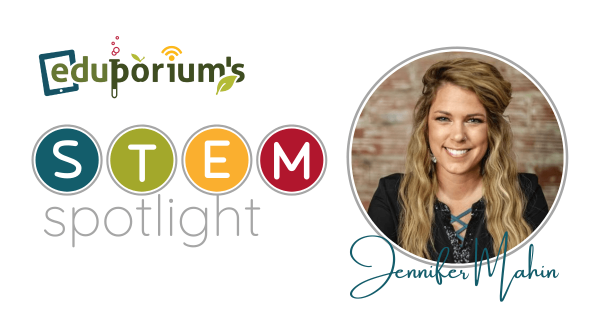Like many educators, Jessica believes strongly in the power of STEM and community. She’s also seen, however, that it’s not always easy to achieve across-the-board excitement for some initiatives. That’s why she’s going to focus on student collaboration—particularly across disciplines—and help art and CS students build an interactive mural.
SEL
Social-emotional learning has evolved so much in just the last few years alone. Today, it's an essential element of a true 21st century learning experience. Even before the pandemic upended learning and transformed the ways in which educators interacted with their students, incorporating SEL was still very much a focal point. In our experiences, this can be done in many different ways. While SEL-inspired curricula can be effective, we sincerely believe in the power of touch. This is what activates social-emotional experiences and bolsters a student's social-emotional foundation. And, fortunately, there are so many opportunities for this in STEAM education. From programming a robot to working together on a design project, students can get the best of both worlds. All it takes is a little bit of strategy in combining these two key areas of 21st century education.
SEL in the classroom or other educational environments benefits students in a number of ways. Whether educators prefer to subtly introduce students to relevant SEL skills, concepts, and competencies or actively work to ensure students collaborate and communicate effectively, it can truly enhance many different types of lessons. Factor in all the new types of daily stressors students are facing as a result of distance learning, traumas, or any other personal experiences and SEL can play a huge role in ensuring they're able to continue learning. With stronger social-emotional health, students also often tend to perform better academically. We believe they can develop their SEL skills in all learning environments. This includes in the classroom, after school, on the playground, and in extracurricular participation. Here, you'll find our thoughts on why this is important and how STEM education can help.
-
Our January Grant Goes to Michael Jaber from Wisconsin!
This month, we’ve selected Michael Jaber, a high school administrator from Sheboygan, WI as the recipient! Michael works at the Sheboygan South High School and he’s been brainstorming how to capitalize on the high levels of school spirit they have by brining as many students as possible together to work on a project for the whole school community. -
Eduporium Weekly | Putting SEL Into Practice
Many teachers still hope to recapture normal instructional experiences and many of them have also taken on added responsibilities because of all new vacancies. And, though, in some districts, teachers have some official SEL guidelines to use, there aren’t concrete procedures in play in many others. So, if they choose to commit to SEL, they may be doing it on -
12 Reminders for Teachers In 2022
If nothing else, members of the education community have (in a large sense) realized how dire the situation has become and educators have become much more comfortable with sharing their own thoughts and displeasures with the sacrifices they’ve made, including many of which (like these) that are brutally honest and sometimes heartbreaking. -
The Recipients of Our Learning Loss Recovery Grant
After months of finalizing the structure of the grant opportunity and evaluating deserving applications, we’re pleased to announce that the two recipients are Anne Lotito-Schuh, a librarian from the Robert Frost Middle School in Deer Park, NY, and Margaret Fiorello, a makerspace manager at the Saint William the Abbot School in Seaford, NY! -
STEAM and SEL this School Year: Catch the Webinar Replays
Over the last couple months, we’ve teamed up with professionals from some of our top partners to bring educators a webinar series focused on addressing social-emotional learning and STEAM education. Throughout this time, we’ve worked with some great colleagues and, now that it’s wrapped up, we wanted to put all the resources in one place. -
STEAM and SEL Webinar Replay with the iRobot Education Team
We were joined by iRobot’s Anna Elzer and Daniella Bonazzoli, who shared the iRobot story, including how, despite being known for the world-famous Roomba robot, every member of their organization is also committed to education. With help from the audience, they discussed the Root robots, the tech within them, creating SEL connections, and more. -
EdTech Grant Window Extended for NYS Educators
In offering these grant opportunities, we’re looking for educators who have creative ideas for addressing these deficiencies. Whether your primary focus is on helping students overcome learning loss or boosting their social-emotional health, this award is designed to help teachers reclaim normalcy starting in the next few months. -
STEAM and SEL with Strawbees: Join Our Webinar on Sept. 15
This first webinar is scheduled for Wednesday Sept. 15 at 3:30 PM ET. Since SEL (understandably) is very closely tied to students experiencing new emotions and communicating their thoughts, it’s connection to hands-on, exploration-based learning continues to grow. So, we’ll be focusing on how to integrate SEL in the classroom this school year. -
Eduporium's STEM Spotlight: Jennifer Mahin
We’re excited to share these stories with our audience while, hopefully, introducing them to some new STEM personas to follow and learn from. To kick things off, our first feature is with Jennifer Mahin, a K-5 STEM and tech teacher in Belleville, Kansas! Keep reading to learn about how she’s used STEM to help students boost SEL, future readiness, and




